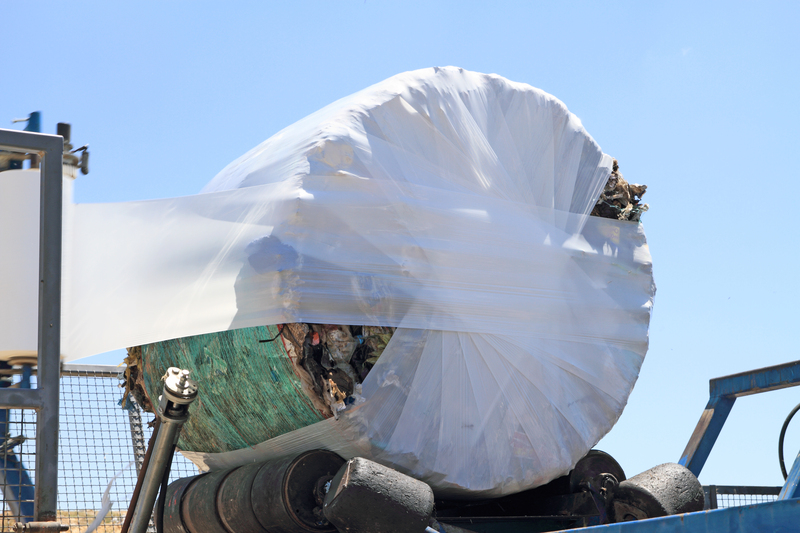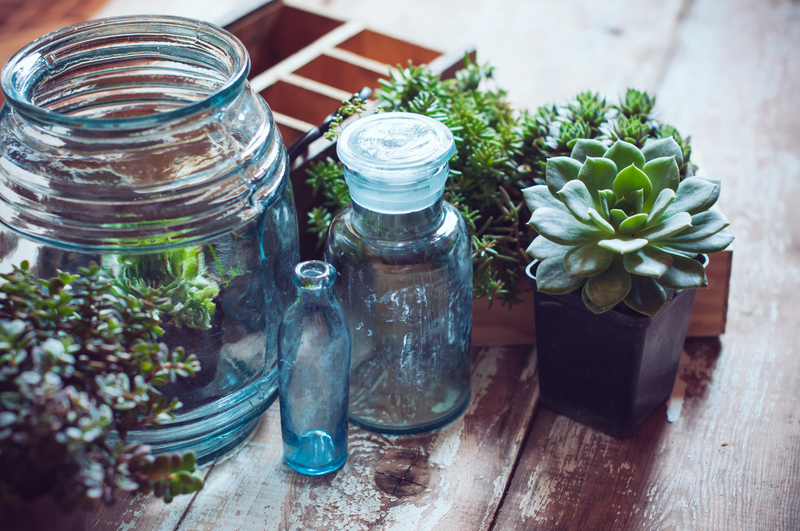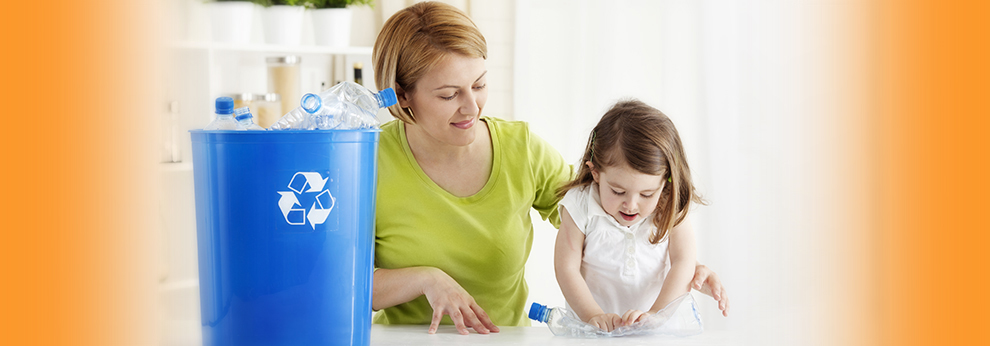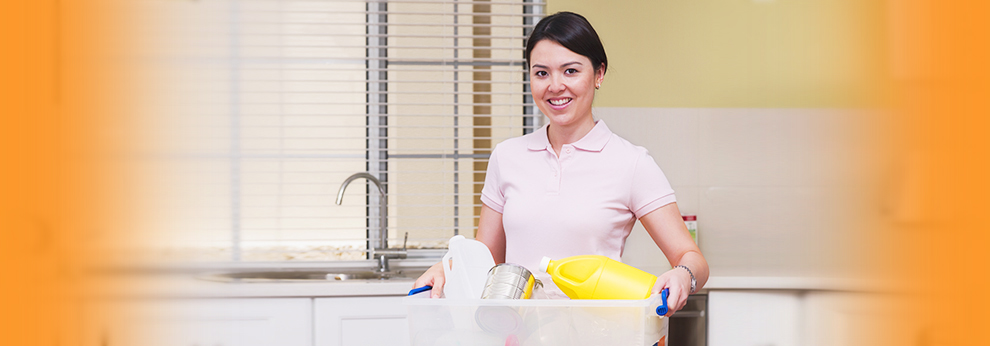Eco-Conscious Strategies for Discarding Plant Pots
Posted on 17/05/2025
Eco-Conscious Strategies for Discarding Plant Pots
Are you passionate about gardening and the environment? Then adopting eco-conscious methods to dispose of unwanted plant pots is a must! Whether your pots are made from plastic, terra cotta, ceramic, or biodegradable materials, there are effective and sustainable ways to discard or repurpose them. This guide explores the best eco-friendly strategies for discarding, recycling, and reusing plant pots to help minimize landfill waste and support greener gardening practices.

Why Eco-Conscious Pot Disposal Matters
The home gardening boom and increasing love for houseplants have increased the demand for new pots. However, every year, millions of plant containers end up in landfills. These pots, especially plastics, can take hundreds of years to break down, releasing harmful chemicals into the soil and waterways.
- Plastic pots are rarely accepted in curbside recycling due to their resin content and residues.
- Terra cotta and ceramic often break and add bulk to landfills, even though they're made of natural materials.
- Even biodegradable pots need proper composting conditions to decompose efficiently.
By learning eco-conscious strategies for discarding plant pots, you help conserve resources, prevent pollution, and contribute to more sustainable gardening practices.
Types of Plant Pots and Eco-Friendly Disposal Tips
Plastic Plant Pots
Plastic pots are the most common and challenging to dispose of eco-consciously. They are often made from different types of plastic, usually marked with recycling codes #2, #5, or #6. Unfortunately, curbside recycling rarely accepts them due to contamination (dirt, roots, fertilizers), dyes, and their lightweight, which interferes with sorting machinery.
Eco-Conscious Strategies for Plastic Pot Disposal
- Reuse as Much as Possible
- Repot new plants or start cuttings in your old plastic pots.
- Offer clean pots to community gardens, local nurseries, schools, or neighbors.
- Use them for small-item storage, seed-starting, or DIY garden projects.
- Participate in Pot Take-Back Programs
- Many garden centers and nurseries have plant pot recycling programs, where you can drop off used pots for reuse or recycling through specialized partners.
- Groups like Home Depot, Lowe's, and independent garden centers may offer seasonal drop-offs--call before visiting!
- Specialized Plastic Pot Recycling
- Check for local recycling centers or waste facilities that accept horticultural plastics.
- Wash pots thoroughly to remove soil and organic matter before recycling.
- Avoid black plastic pots; these are often not recyclable due to being undetectable by sorting equipment.
- Creative Upcycling
- Transform old pots into vertical gardens, organizing bins, or outdoor art projects.
- Paint and decorate for craft storage or kid's activities.
Pro Tip: Stacking or nesting your unwanted pots keeps them tidy for drop-off or donation and reduces clutter in your shed.
Terra Cotta and Ceramic Pots
While natural terra cotta is made from baked clay and is less harmful to the environment, broken or unwanted pots often wind up in landfills because they're bulky and non-biodegradable in landfill conditions. Glazed ceramic pots contain chemicals that may not decompose safely.
Eco-Friendly Ways to Discard Terra Cotta and Ceramic Pots
- Repair or Upcycle
- Repair minor cracks with non-toxic waterproof glue.
- Use broken pieces as crocks for drainage in other pots.
- Turn shards into mosaic art, stepping stones, or garden edging.
- Reuse in Your Garden
- Use old pots to protect seedlings or for growing bulbs during off-seasons.
- Repurpose as birdbaths, fairy gardens, or small habitats for beneficial insects.
- Proper Recycling and Disposal
- If the pots cannot be reused or upcycled, ask local ceramics studios or artisans if they can use the material for creative projects.
- Some municipal waste centers accept inert ceramics in construction waste.
- When disposing, break pots into small pieces to reduce landfill volume, and put them in proper waste streams (check local guidelines).
Biodegradable and Compostable Plant Pots
The greenest option, biodegradable plant pots--often made from coconut coir, peat, wood fiber, rice hulls, or compressed cardboard--are designed to break down naturally. Many allow you to plant them directly in the soil, reducing waste entirely.
Eco-Conscious Handling of Biodegradable Pots
- Plant in Place
- Check manufacturer guidelines; most biodegradable pots can be planted with seedlings, enhancing soil fertility as they break down.
- Home Composting
- If not planting, shred pots and add them to your compost bin or heap along with green and brown waste.
- Monitor decomposition; some thicker pots break down slower and may require additional moisture or being cut into smaller pieces.
- Community Composting
- Donate surplus pots to schools, farmers, or community gardens for propagation use or composting.
Note: Avoid composting pots with waxy, plastic, or chemical coatings, as these will not break down naturally.
Sustainable Alternatives to Throwing Away Plant Pots
Reusing Plant Pots at Home
- Start a Seedling Nursery -- Use old pots for propagating seeds and cuttings before transplanting them outdoors.
- Create Succulent and Herb Gardens -- Group smaller pots on a sunny windowsill or balcony for easy-to-manage indoor gardens.
- Organize Tools and Supplies -- Use pots for storing garden ties, labels, gloves, or children's craft materials.
- Watering and Drip Trays -- Line up cracked or chipped pots under larger planters to catch excess water.
Donation and Community Sharing
- Contact local schools, gardening clubs, or senior centers to see if they need extra flower pots for projects.
- List your unwanted pots on community swaps like Freecycle, Craigslist, or local Facebook groups.
- Join a tool library or seed swapping event to exchange your pots for other garden supplies.
Artistic and DIY Upcycling Ideas
Turn old plant pots into something new and functional or creative:
- Garden Sculptures -- Stack and glue pots into whimsical shapes or figures as conversation pieces.
- Candle Holders or Lanterns -- Paint and decorate for unique outdoor lighting effects.
- Pet Feeder Stands -- Convert larger pots into a stand for pet water and food bowls.
- Aromatic Containers -- Fill shallow, cracked pots with sand and essential oils as natural air fresheners for patios.
How to Prepare Pots for Eco-Conscious Disposal
Preparing your plant pots for recycling or donation is crucial to ensuring they're accepted and processed responsibly. Here's a step-by-step eco-friendly guide:
- Empty the pot completely -- Remove all soil, roots, and plant debris.
- Wash thoroughly -- Use eco-friendly soap and water to scrub away residues, fertilizers, and stains.
- Dry the pot -- Ensures pots don't become moldy during storage or transit.
- Sort by material -- Separate plastics from ceramics from biodegradable pots to streamline recycling or donation.
- Nest similar sizes -- Stack pots within each other to save space and make handling easier for your chosen recycling center or program.
Find Local Pot Recycling Programs and Initiatives
More cities and garden centers are recognizing the need for eco-conscious ways to discard plant pots. Here's how to find programs near you:
- Search online for "plant pot recycling near me" or check municipal recycling websites for guidance.
- Contact garden centers, nurseries, or hardware stores to ask about drop-off locations or trade-in events.
- Use social media to join local gardening groups--members often share upcoming recycling or pot swap events.
- Advocate for your city or community to introduce plant pot recycling initiatives if none exist.
Common Mistakes to Avoid When Discarding Plant Pots Responsibly
- Throwing dirty pots in the recycling bin -- Most recycling centers reject contaminated items.
- Assuming all plastics are recyclable -- Especially black or dark-colored plastics, which may not be accepted.
- Landfilling usable pots -- Someone else can often use your pots, so try donation before disposal.
- Composting non-biodegradable pots -- Only compost pots made from natural fibers without waxes or plastics.
- Ignoring local guidelines -- Recycling and composting rules vary by location, so check before discarding.

Benefits of Eco-Conscious Plant Pot Disposal
- Reduces landfill waste and conserves space for non-recyclable items.
- Prevents microplastic and chemical pollution from broken-down plastics.
- Supports a circular economy by enabling reuse and recycling of valuable materials.
- Saves money by reusing containers instead of buying new ones.
- Strengthens community bonds via swaps, donations, and upcycling projects.
Conclusion: Make Sustainable Choices for a Greener Garden
Practicing eco-conscious strategies for discarding plant pots transforms your gardening impact from passive to proactive stewardship of our planet. By cleaning, reusing, recycling, donating, and upcycling plant containers, you join a growing community committed to sustainability. Remember to check local resources, spread the word about recycling programs, and choose biodegradable or durable pots whenever possible for future gardening projects.
For more tips on sustainable gardening, stay tuned to our blog and share your favorite ideas for discarding plant pots responsibly!





